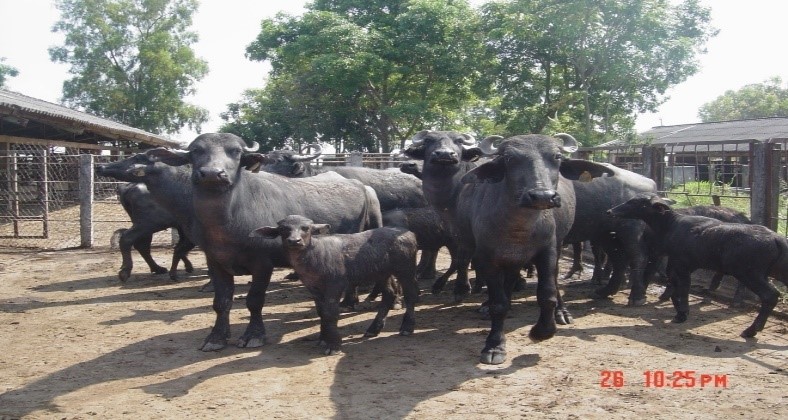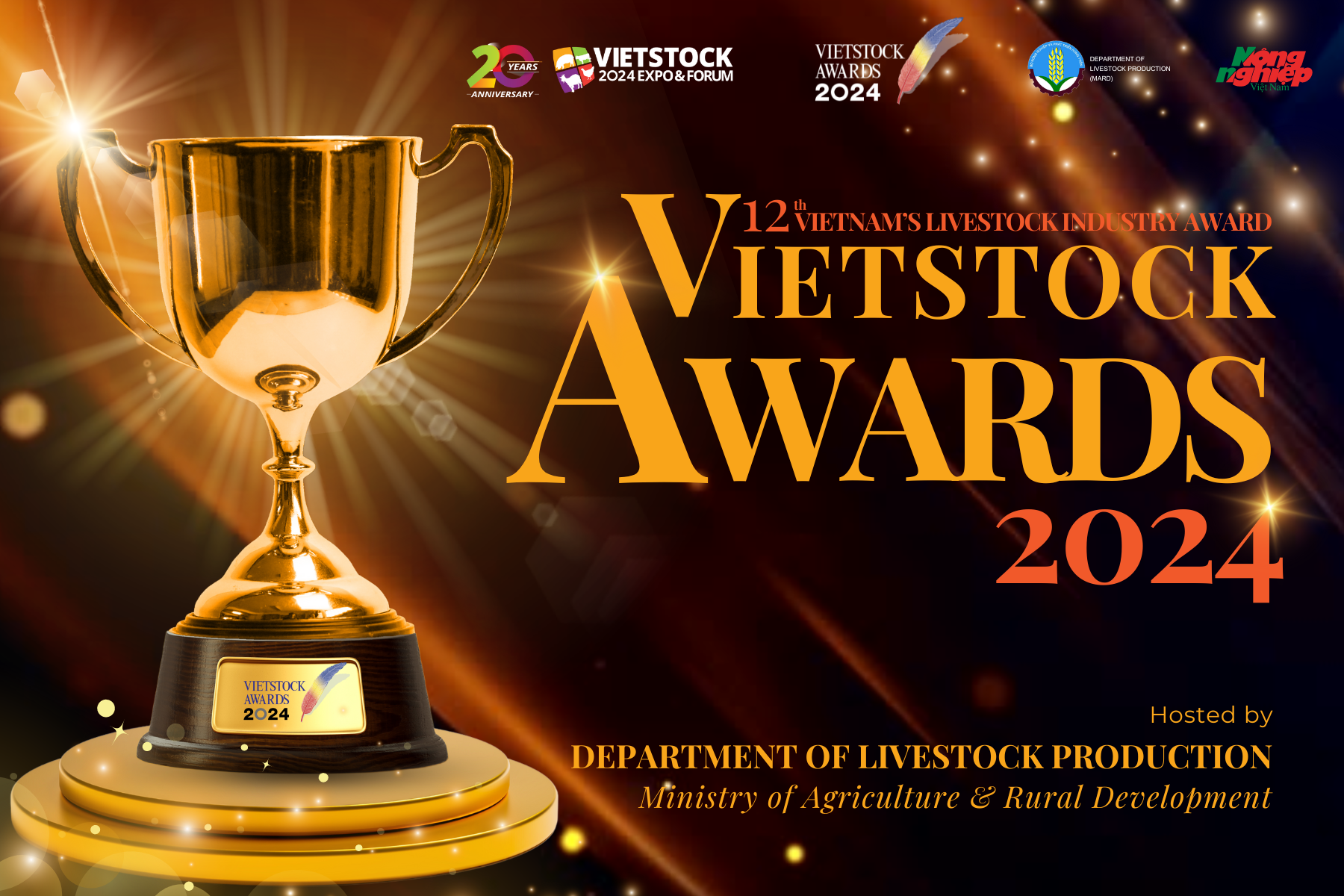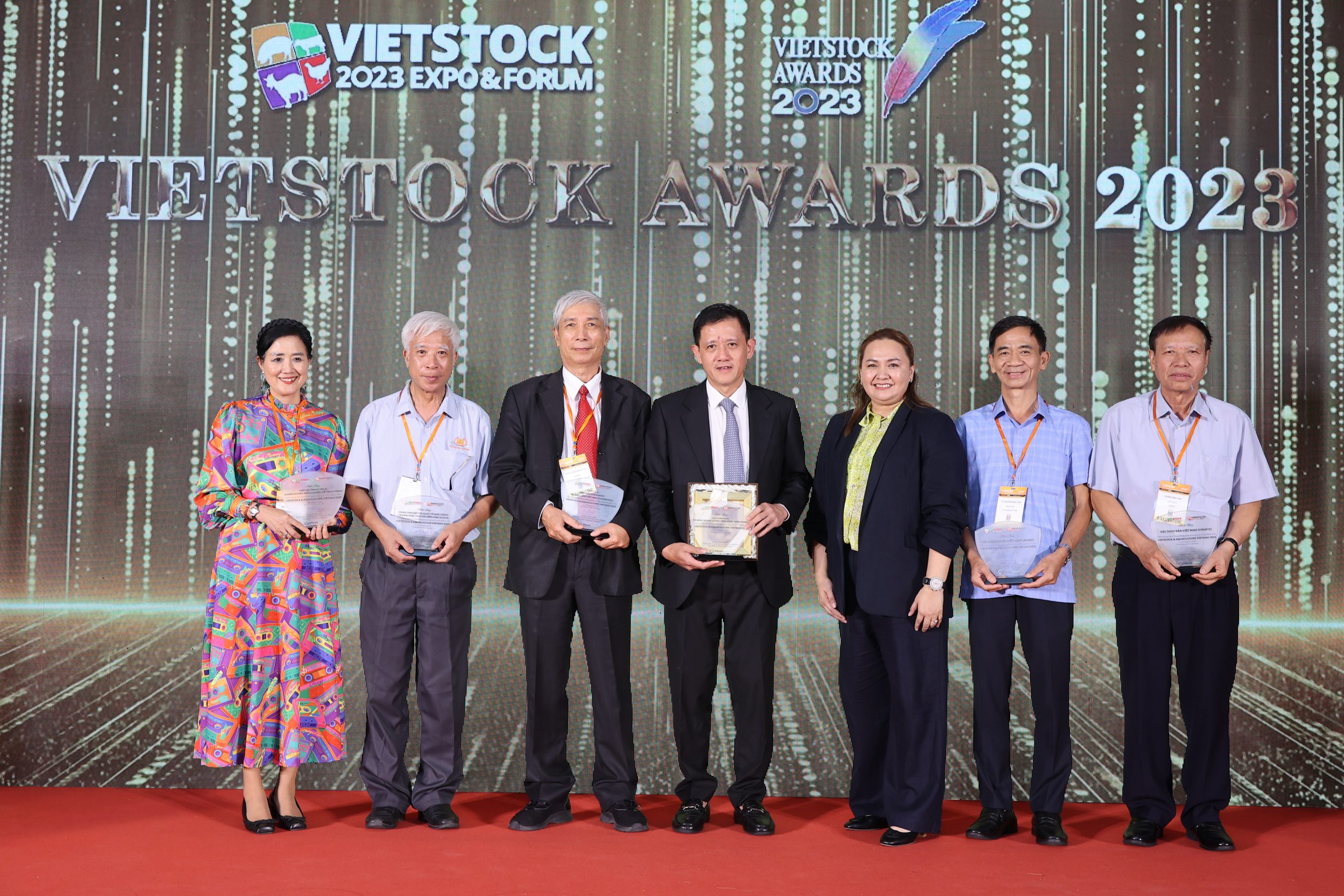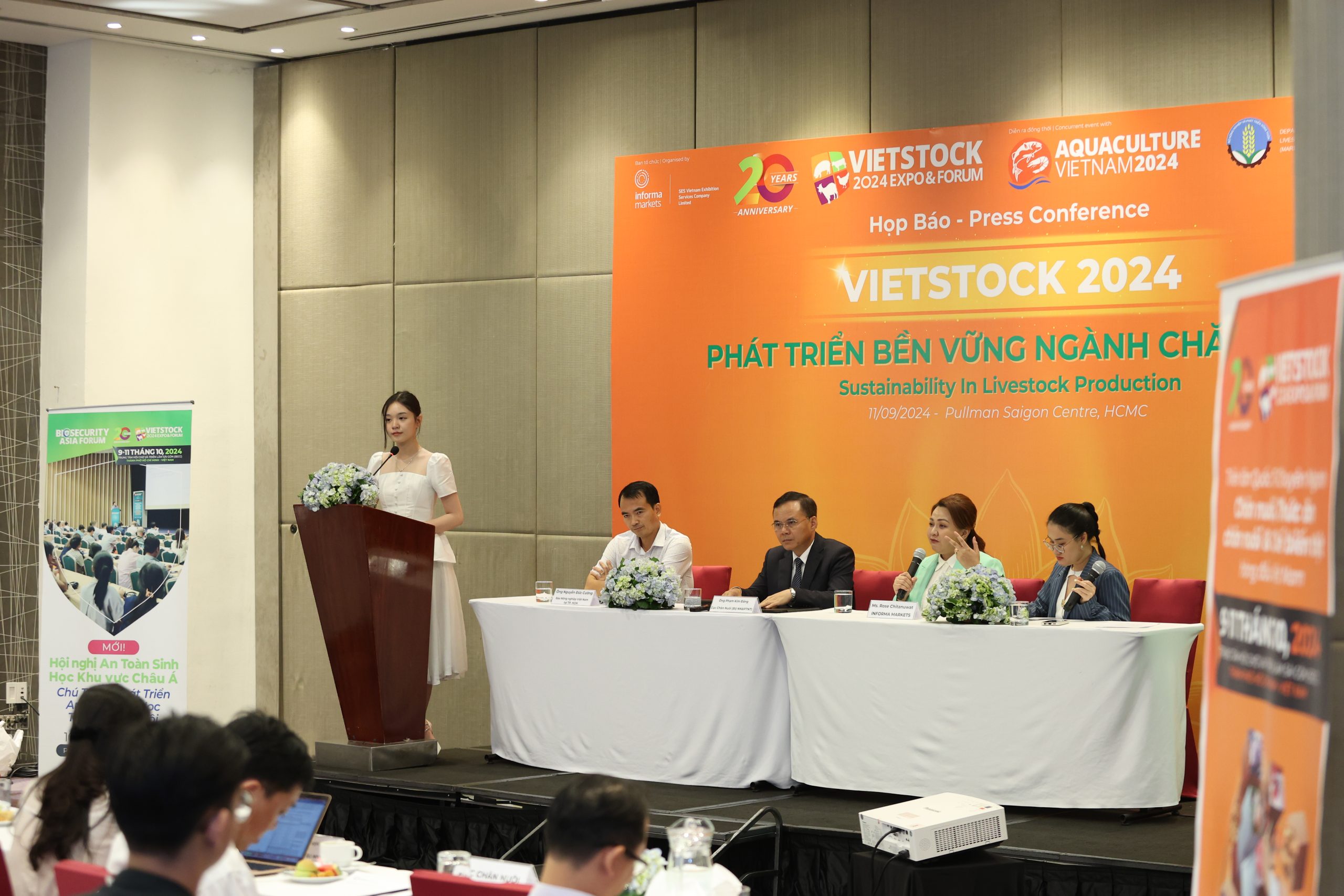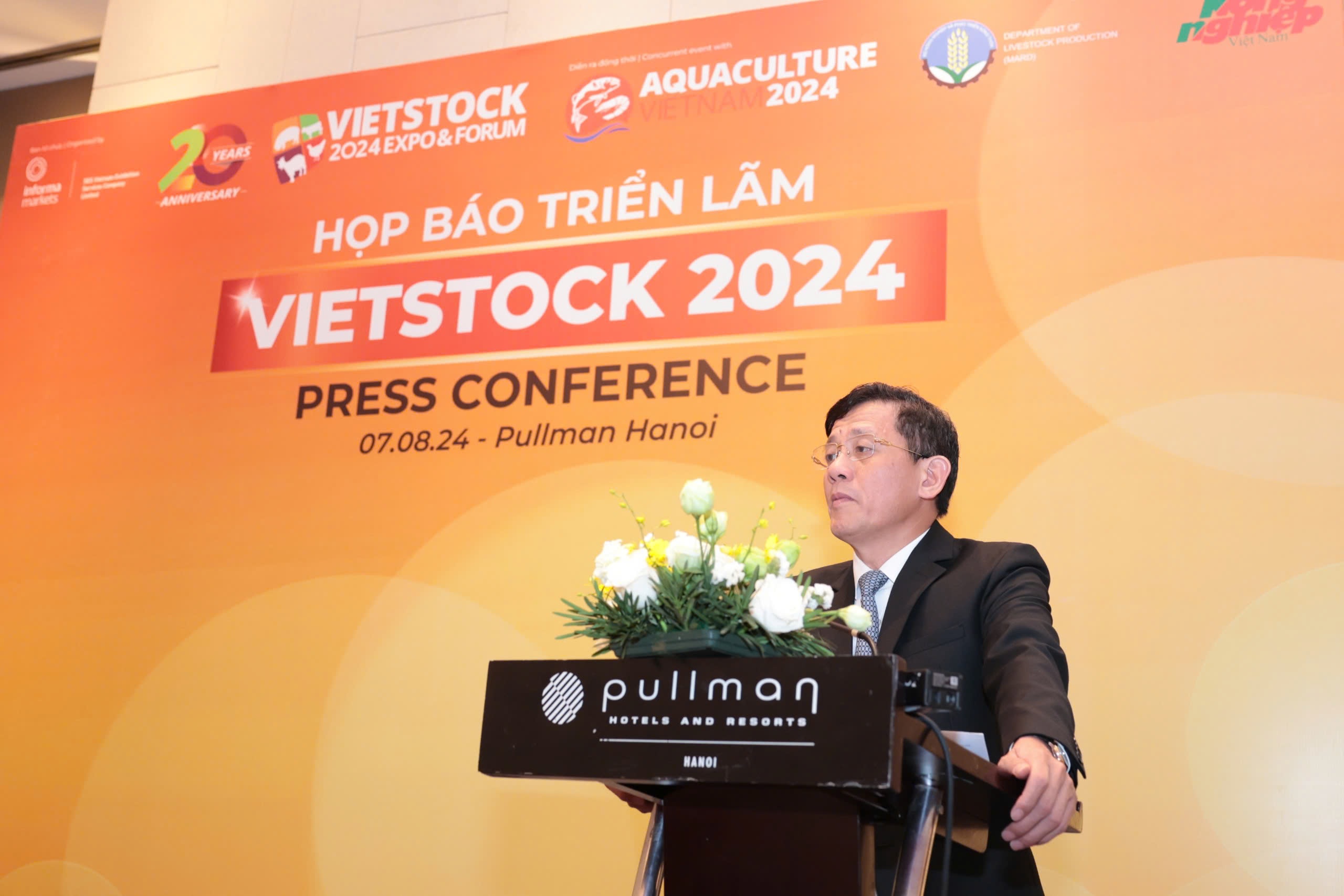Current status, orientation and solutions to develop large cattle breeding in Vietnam in the coming time
PGS. Dr. Hoang Kim Giao, President of GSL Vietnam Association
Le Van Thong, Standing Vice President of HH CN GSL Vietnam
Part I
CURRENT DEVELOPMENT STATUS
PHASE 2018-2022
I. Current status of large livestock breeding industry
1. Number of heads and products of Large Cattle Breeding period 2018-2022
According to the General Statistics Office, in the period 2018-2022, except for the number of buffaloes, goats and sheep, there is a slight downward trend, but the majority of head and output of cattle herds. large as beef cattle, dairy cows, deer... all tend to grow. Specifically:
Table 1: Large number of cattle eaten in the period of 2018-2022
|
Total herd (child) |
Year |
Changes in 2021/2018 (%) |
||||
|
2018 |
2019 |
2020 |
2021 |
2022* |
||
|
Total herd of cows |
5,802,907 |
6,060,024 |
6,325,627 |
6,365,300 |
6,653,000 |
2.34 |
|
Beef beef |
5,508,525 |
5,742,295 |
5,994,259 |
6,034,063 |
6,310,667 |
2.34 |
|
Percentage of crossbred cows (%) |
58.51 |
61.65 |
64.02 |
65.3 |
66.8 |
- |
|
Dairy cow |
294,382 |
317,729 |
331,368 |
331,237 |
342,333 |
2.99 |
|
buffalo |
2,425,105 |
2,387,887 |
2,332,754 |
2,264,700 |
2,310,000 |
-1.7 |
|
Goat |
2,683,942 |
2,609,198 |
2,654,573 |
2,675,188 |
- |
-0.08 |
|
Sheep |
150,022 |
121,416 |
114,165 |
105,794 |
- |
-8.36 |
|
Deer, deer |
62790 |
57615 |
61784 |
62865 |
- |
0.03 |
According to the data of the General Statistics Office, in the period 2018-2021, products of large cattle tend to increase, shown in Table 2
Table 2: Large livestock products for the period 2018-2022
|
|
|
|||||
|
Year |
2018 |
2019 |
2020 |
2021 |
2022 |
Volatilities 2021/2018 (%) |
|
buffalo meat (tons) |
92.110 |
125,280 |
120,250 |
123,000 |
122,800 |
7.50 |
|
Beef (tons) |
334.470 |
430,690 |
441.511 |
466,400 |
474,300 |
8.67 |
|
Fresh cow's milk (tons) |
936,000 |
986.120 |
1,049,260 |
1070800 |
1,277,000 |
3.42 |
|
Goat and sheep meat (tons) |
32.470 |
36,650 |
37,560 |
54,500 |
- |
13.82 |
|
Deer meat (tons) |
410 |
340 |
440 |
452 |
- |
2.47 |
|
Total |
1398900 |
1582970 |
1653381 |
1719723 |
- |
5.30 |
2. Distribution of large herds by ecological region in 2021
The distribution of buffaloes/cows by ecological region in 2021 is shown in Chart 1:
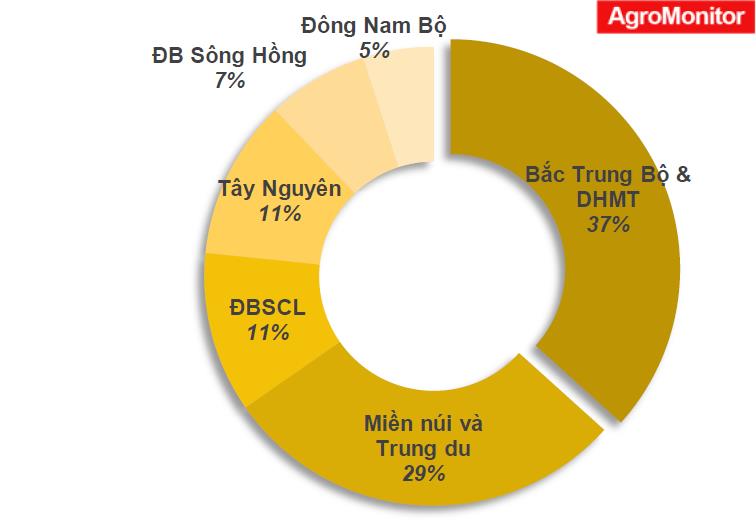
Distribution density of buffaloes and cows in Vietnam 2021 (According to GSO, 01-01-2021)
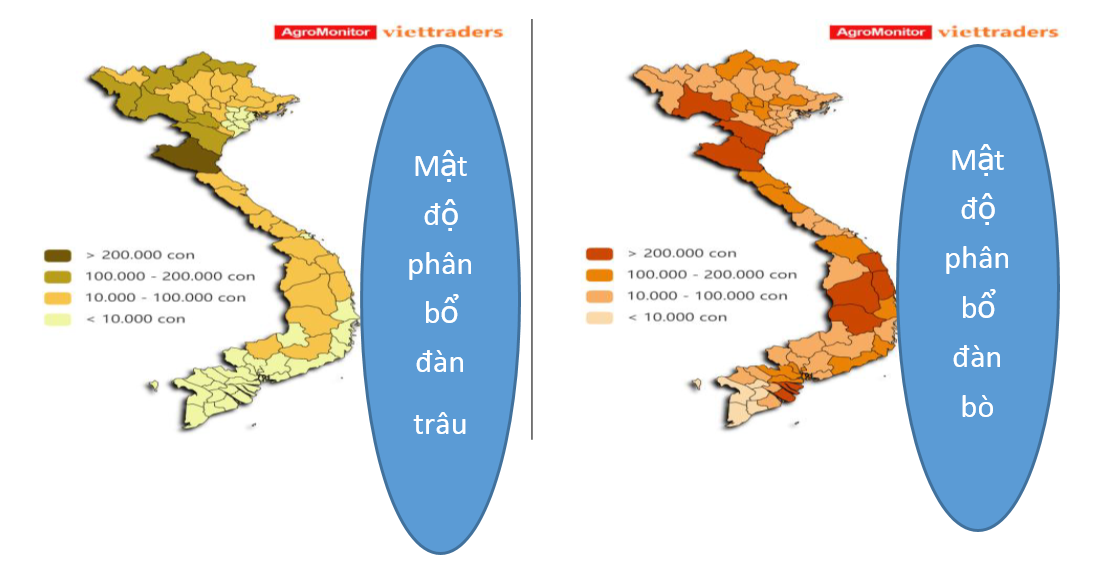
Distribution density of Vietnamese buffaloes and cows 2021 (According to GSO, 01-01-2021)
- The buffalo herd is concentrated mainly in 2 areas, namely the Northern Midlands and Mountains, 55.46% and the North Central and Central Coast 32.95%. The number of buffaloes in these two regions accounts for nearly 90% of the total buffalo herd of the country, the remaining regions account for a negligible number. The lowest is the Mekong Delta 0.97%.
- Herds of beef cattle are most concentrated in the North Central and Central Coast regions (38%); followed by the Northern Midlands and Mountains (19%). The number of beef cattle in these two regions accounts for nearly 60% of the total cattle herd and 53% of the country's beef production. Highlands region; The Mekong Delta is relatively evenly distributed in terms of total herd and beef production, and the lowest is in the Southeast.
- The concentrated dairy herd is still mainly in the Southeast region: accounting for 32.07% but tended to decrease due to the decrease in herd in HCMC. Ho Chi Minh City due to urbanization, agricultural restructuring because the land devoted to livestock and grass growing is decreasing; North Central and Central Coast accounted for 26.23%; The Red River Delta is 11.50 % ; Mekong River Delta accounts for 11.38 %; The Northern Midlands and Mountains accounted for 9.36%; %; The lowest is the Central Highlands, accounting for 9.47% of the country's cow herd.
- The goat herd is most concentrated in the Northern Midlands and Mountains 27.63%; followed by North Central and Central Coast 24.59%.
- Herds of sheep are concentrated mainly in the North Central and Central Coast regions 112,594 heads, accounting for 98.62% of the total herd of the country.
3. Breeding and Breeding Work
- Most of the famous breeds of dairy cows, beef cattle, dairy goats and meat goats are imported to Vietnam. These breeds can be both male and female live animals. In terms of males, it is mainly in the form of frozen spermatozoa.
- Breed improvement programs - large cattle breeds have been organized by the Government very soon. Specifically:
+ The original livestock breeding program has been implemented from the late 20th century, early 21st century to present day.
+ The program of Sindization of cows since the late 60s and 70s of the 20th century.
+ Beef cattle breeding program from the late 70's, 80's and 90's of the 20th century.
+ The program to renovate Vietnam's golden cow herds towards milk - meat and milk direction since the 70s of the 20th century.
+ The program to improve Vietnam's cow herd towards improving productivity and meat quality has been conducted from the first years of the 21st century to the present.
+ The program of reforming Vietnamese goats and sheep in the direction of meat-milk has been conducted since the 90s of the 20th century.
+ Program to improve the local buffalo herd in the direction of improving the stature and ability to produce meat.
- Many famous dairy and beef breeds in the world have been imported to Vietnam such as: Holstein Frisian, Jersesy, Charolais, Simental, Limousine, Hereford, Drought Master and recently Senepol, Blanc Blue Belge cows. (BBB), Waguy beef. Goat breeds such as Boer, Saanen. Alpine. Murrah Buffalo, Thai Buffalo etc.
- Many livestock breeding centers were born, formed and developed. Among them is the MONCADA Center - a place to keep bovine bovines and produce frozen semen of Cattle, goats and sheep.
4. Structure and consumption of grass-fed livestock products
- Consumption of beef and cattle: According to the data of the General Statistics Office in 2022: The average consumption of domestic beef and buffalo meat for Vietnamese people is 6.02 kg and 12.87 liters of milk. fresh (Our population is 99.2 million as of April 1, 2022). According to FAO, by 2020, our country can only produce 40% of the beef consumption demand, and 60% must be imported from outside.
Thus, Vietnam's beef (carcass) consumption is lower than the world's average beef consumption (9.5 kg), lower than some developed countries; USA 36 kg, Australia 44 kg, Brazil 38 kg, Newzealand 30 kg, Russia 15 kg and some countries and surrounding areas such as China 7 kg, Japan 11 Kg, South Korea 16 kg but higher than some countries such as: Indonesia 2.7 kg. This shows that the beef cattle industry still has a lot of potential for development in the coming time.
The structure of large domestic cattle meat production compared to pork and poultry meat in 2018 is shown in Figure 2:
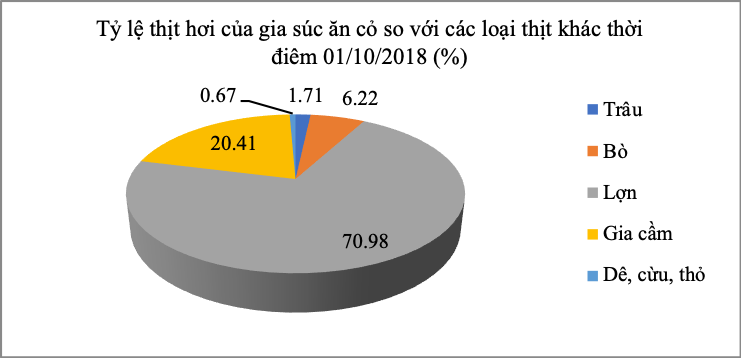
- Vietnam's per capita milk consumption:
According to the data of the Vietnam Dairy Association, per capita milk consumption in Vietnam in 2010 only reached 14 kg/person/year, continuously increasing over the years: 18 kg in 2012 and 18 kg in 2015 23 kg, 26 kg in 2017, 27 kg in 2020 and 28 kg milk equivalent/person/year in 2022. Vietnam can produce 45% of milk for consumption, and still have to import 55%. In 2022, our country will produce 1,277.0 million tons of fresh milk. The average is 12.87 liters/person/year.
The rate of milk consumption in our country is at very low level compared to other countries in the world, such as Thailand 34 liters/year, Singapore 45 liters/year, India 46 liters/year, UK 112 liters/year. Moreover, in developed countries such as Europe, North America, Japan, Korea ... liquid milk is produced from 100% raw cow's milk and is clearly and transparently announced on the packaging in all kinds of liquid milk (La Van Thao, 2023).
5. Import of live cattle and buffalo meat
According to the statistics of the General Department of Customs: the number of imported cattle in the period 2012-2022 is shown in Figure 3 (Citation of La Van Thao, 2023):
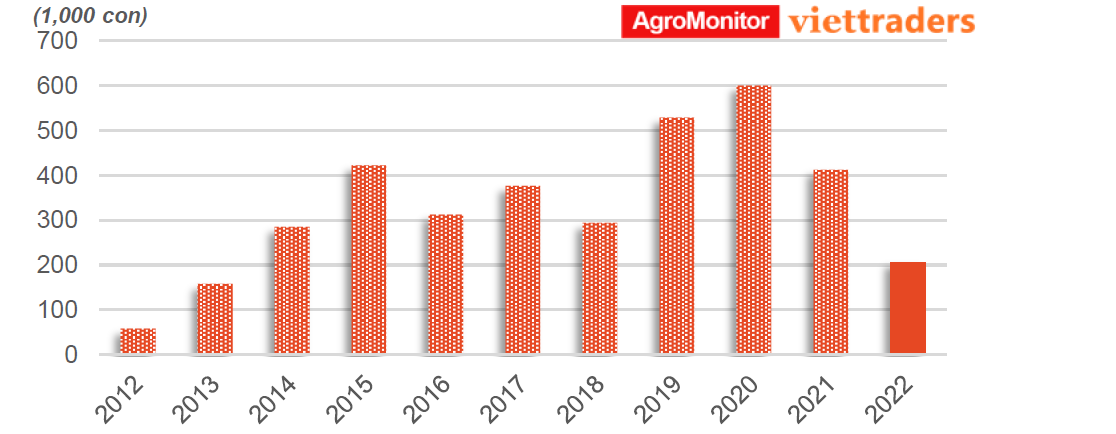
XuÂt strongbuffalo/cow snumberng and thbuffalo meat/cow by quota
XuÂt strongbuffalo/cow snumberng: Due to the domestic production of buffalo/cow not meeting consumption demand, China has to import a large amount of buffalo meat every year. /big cows from world market. Buffalo/cattle from Vietnam are usually collected for export to China through the northern border gates. In addition, China also imports live cattle from other neighboring countries such as Mongolia, India, Myanmar, and Laos in the form of a small quota. In 2022, China closed the border, so live buffaloes and cows exported to China through the unofficial channel could not be implemented. This is a big reason for the price of beef and cattle in our country to drop by 15-20% on average, in some places down to 25-30%.
Export of buffalo/beef meat
According to data from the Agricultural Development Outlook Report 2020-2029-OECD/FAO 2020, it is estimated that in the period 2017-2019 on average, Vietnam exported 2 thousand tons of beef carcass equivalent.
Vietnam's buffalo/cow meat export turnover in 2022 reached over USD 1.64 million, 1.9 times higher than the previous year but 19% lower than the 5-year average (2017- 2021), in which Cambodia is still the main market with over 45% market share - in terms of export turnover (La Van Thao, 2023).
6. Livestock farming
According to data from the General Statistics Office in 2016, Vietnam has 8.5 million households engaged in agriculture. Of which: 2.33 million households raise beef cattle (accounting for 27.44%); 1.23 million buffalo raising households (accounting for 14.52%); 417.19 thousand households raising goats (accounting for 4.91%) and 28.70 thousand households raising dairy cows (accounting for 0.34%) Of course, there are mixed-breeding households that raise both beef cattle and dikes. meat or raise both buffaloes and cows and goats. The total number of large cattle raising households accounts for about 47.21% of the total agricultural households.
7. Scale of livestock year 2021
- The whole country has about 13,752 livestock farms/23,662 agricultural farms (accounting for 58.1%).
- Large-scale livestock farm:
+ There are 61 cow breeding establishments nationwide from 300 cows or more to thousands or tens of thousands of cows.
- Medium-sized livestock farms:
+ There are 452 establishments raising 30 or more buffaloes; There are 1881 establishments raising 30 or more cows; There are 2,357 establishments raising 20 or more dairy cows;
8. Applying high technology in herbivorous cattle raising
Locals have applied high technology (AI, using semen to distinguish male sex), Many economic combinations of beef cattle between specialized beef breeds such as: Charolais , Simental, Limousine, Hereford, Drought Master and recently Senepol, Blanc Blue Belge (BBB), Waguy cows with Sind and Brahman hybrid cows have contributed to improving the productivity and quality of beef cattle herd country.
- Concentrated, medium and large scale cattle raising in some localities has applied advances in breed, feed, barns against solar heat radiation, misting, automatic cooling, reducing barn temperature; use TMR mixed feed, spread feed, automatic fecal removal. Some dairy farms have applied high technology such as: Breeding technology according to European and American technology (Delaval), automatic cool barn system; applying international standards Global Gap ISO 9001, organic farms applying European organic standards (TH True Milk, Vinamilk); Vietnam has applied the technology of insemination of cow semen to distinguish the sex of the female. The percentage of calves born was equivalent to that recommended by the sexist supplier of 87-92%. In addition, embryo transfer techniques (Normal embryos, sex-discriminated embryos) have also been applied, dairy cow embryo production; In vitro fertilization, embryo cutting from 1 embryo to create 2 embryos.
Managing dairy breeds: Management using specialized software in dairy farming and milk processing enterprises, such as: AFIMILK, NOA… supports the selection and management of dairy cow breeds.
Part 2
DRIVERS AND SOLUTIONS FOR LIVESTOCK DEVELOPMENT
Large Cattle IN THE NEXT TIME
I. ORIENTATION FOR DEVELOPMENT OF LARGE Cattle Breeding in the NEXT TIME
1. Common Goal
- Improve productivity, quality and food safety of large livestock products to meet domestic and export demand;
- To increase the scale and intensively develop large livestock and livestock products with potential, comparative advantages and suitable for natural and social conditions. At the same time, true to the investment ability, consumption market and adaptation to climate change;
- To develop livestock production in association with diversified processing, increase the added value of large livestock products, form and develop the meat and dairy processing industry. Commodity livestock products are mainly produced from professional farms and households to ensure biosecurity, disease safety, environmental friendliness and humane treatment of livestock.
2. Specific objectives (Decision 1520/QD-TTg)
a) To develop large livestock production to contribute to the realization of the following objectives: The average growth rate of production value in the period 2021 - 2025 is from 4 to 5%/year; period 2026 - 2030 on average from 3 to 4%/year.
b) The output of carcasses of all kinds: by 2025, the meat of grass-fed cattle will reach from 8 to 10%; By 2030, the meat of grass-fed cattle will reach 10 to 11%.
c) Milk production: by 2025, it will reach from 1.7 to 1.8 million tons; by 2030 to reach about 2.6 million tons.
d) Developing grass-fed cattle raising to contribute to the achievement of the target of average livestock products/person/year: by 2025, reaching from 50 to 55 kg of carcass meat of all kinds, from 16 to 18 kg fresh milk and by 2030 reach from 58 to 62 kg of carcass of all kinds, from 24 to 26 kg of fresh milk.
3. Development orientation livestock large cattle to 2030 (Decision 1520/QD-TTG)
a) The dairy herd is from 650 to 700 thousand heads, of which about 60% of dairy cows are raised on farms.
b) Stable herd of beef cattle at the scale of 6.5 to 6.6 million heads, of which about 30% are raised on the farm.
c) The buffalo herd is stable at the scale from 2.4 to 2.6 million heads, of which about 20% are raised on the farm.
II. SOME MAIN SOLUTIONS FOR DEVELOPMENT OF CURRENT LIVESTOCK LIVESTOCKET
1. Continue to improve the institution of the livestock industry
Reviewing, amending, supplementing and perfecting legal documents, especially completing guiding documents of the Law on Livestock, TCVN, QCVN in accordance with the actual situation.
Organize and effectively propagate legal documents on animal husbandry to organizations and individuals operating in the field of animal husbandry.
2. Solutions and adjustments to livestock area planning
- Reviewing, adjusting and supplementing the socio-economic development planning, including livestock production. Re-adjust the planning of livestock development areas for main livestock in the direction of products associated with specific products bearing local geographical indications, development of clean, organic and ecological livestock products, associated with tourism.
- Review the livestock development strategy for each specific livestock species to adjust the scale to suit the market demand; to develop concentrated and large-scale livestock production areas for key products; has a roadmap to build a national product brand and at the same time maintain and develop household farming according to advanced breeding methods.
- Integrating livestock development planning in clusters of provinces, regions and regions with the general planning of the country, provinces need to plan regions according to the advantages of each locality: build a grass-fed cattle breeding area associated with planting and processing raw and green food crops; strongly convert the inefficient agricultural and rice land to planting grass and plants for animal feed; processing industrial and agricultural by-products.
3. Breed managementlarge cattle
- Manage the breed system of ruminant cattle: identify individuals by attaching ear numbers, attaching electronic chips, entering the breed book and processing the yield traits of the breed.
- To unify the management system of buffaloes, dairy cows and beef cattle at breeding establishments nationwide in association with the system of artificial insemination and embryo transfer.
- Developing the livestock breed industry on a large and synchronous basis: Breeding establishments must fully satisfy the conditions for registration of production and trading of livestock breeds according to the provisions of the Law on Animal Husbandry. and manuals
4. Policy solutions
- Implement effectively the issued policies;
- Maximize socialization and support for private enterprises to develop livestock. Synchronously implement measures to improve the business and investment environment.
- Requesting the Prime Minister to soon approve 05 priority projects to implement the livestock development strategy for the period 2021-2030, with a vision to 2045 (approved in Decision No. 1520/QD-TTg dated 06 October 2020) to implement priority projects; Decree on supporting sustainable livestock production until 2035.
- Directing relevant ministries and branches to consider and add regulations on "livestock land" to the draft Land Law (amended) and submit it to the National Assembly for consideration and approval.
- Proposing to the National Assembly to reduce fees and corporate income tax in the period from now to 2025 to support the restoration of livestock production after the crisis of diseases in livestock and humans.
5. Technical solution group
5.1. Breed solutions
a) Beef breed:
- Promoting the program to improve the local cattle herd through the use of hybrid bulls Zebu F1, F2, F3...for direct insemination in undeveloped breeding areas, manure breeding. people with low intellectual level (some northern mountainous provinces, Central Highlands; difficult and especially difficult areas in localities) to improve the stature of local cows, gradually raise the percentage of hybrid cows.
- In areas where livestock production is developed, relatively concentrated, and people's knowledge is developed (Red River Delta, lowland districts in midland and mountainous provinces, provinces in the Southeast region..): Using semen of high-yielding cow breeds (Red Angus, Droughtmaster, Limousine, Charolaire, Blanc Bleu Belge, Wagyu, Senepol, Blonde d' Aquitaine...) mated by artificial insemination (TTNT) with Zebu crossbred cows, cows local…
- Selection and domestication of Zebu cattle breeds and imported high yielding meat breeds suitable to the conditions of care, rearing, intellectual and ecological conditions of each region and each locality.
- Importing genetic resources: Importing high yielding bulls to produce frozen beef semen in the country, importing some sperm and embryos for beef cattle for cross-breeding and purebring.
- Conduct testing of male productivity by advanced and modern methods.
b) Dairy cow breed.
- For cows
+ Continue crossbreeding with high yielding dairy cow semen to create domestic dairy herds combined with purebred HF dairy cows.
+ Increasing the application of production technology and breeding cows by artificial insemination with high quality foreign cow semen and sex-segregated dairy cow semen. Using advanced reproductive technologies such as AI, embryo transfer, In-vitro fertilization (IVF)... in a number of dairy cow breeding centers and enterprises.
c) Buffalo breed:
- Selection, improvement and improvement of the quality and quantity of domestic buffalo herds: selection of domestic male and female breeders, especially good breed buffaloes in developing buffalo breeding areas Development: Yen Bai, Tuyen Quang, Son La, Hoa Binh…
- Invest money in insemination or import of good boar buffalo to improve the domestic buffalo herd and freshen the blood.
- Enhancement of buffalo artificial insemination:
Imported male, sperm and sex-differentiated embryos of high-yield buffalo breeds, suitable for domestic market demand to freshen blood and improve the quality of domestic buffalo breeds, especially imported or import bull buffalo from some high-yielding buffalo breeds in the world to improve domestic buffalo herds (Nili-Ravi meat buffalo from India, China).
5.2. Food
- Actively seek and make the most of domestic feed materials to diversify supply, reduce dependence on some traditional feed materials and reduce dependence on foreign markets;< /p>
- Reasonable use of agricultural and industrial by-products such as rice straw, beer residue, soybean residue, fruit processing by-products, vegetable processing, trace mineral blocks, etc. making food for buffaloes and cows to reduce costs.
- Mixed food:
+ Application of feed processing technology according to complete compound feed ration (TMR, TMF) in dairy cow raising and fattening of beef cattle, buffalo meat, meat goats and rabbits.
+ Apply biotechnology, especially microbiological technology in food processing to increase efficiency and reduce greenhouse gas emissions.
- Forage: Planting grasses and forage plants with high nutritional content, especially high crude protein content. At the same time, choose to plant grass and forage plants that are resistant to drought, cold, and frost. Select, breed, domesticate, and import some grass varieties that are resistant to drought, cold and frost to proactively source food in some difficult areas to adapt to climate change. Import some drought tolerant varieties such as Mulato II, Ghine Monbasa, Ruzi, Stylo, Guatemala...
a) Solutions to improve domestic production capacity of raw materials
- Planning to convert a part of arable land to feed crops (maize, cassava…).
- Encourage the development of protein production from insects (eg black soldier flies) to partially replace imported protein-rich materials.
- Research on production of high yielding, low cost rice varieties as feed materials./.
Some pictures of breeds and breeding patterns
Large cattle in Vietnam.
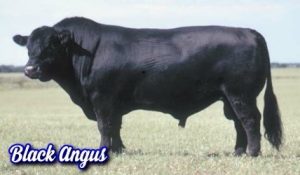
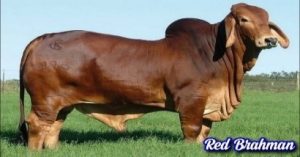
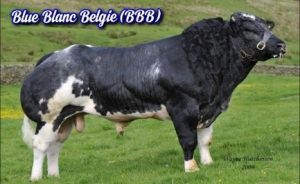
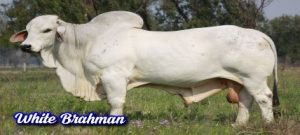
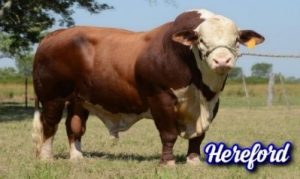
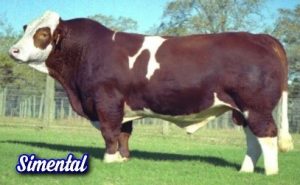
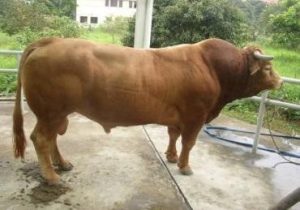
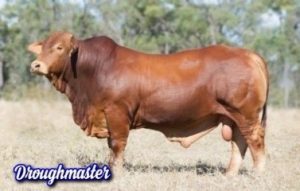
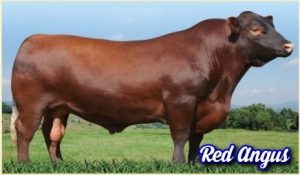
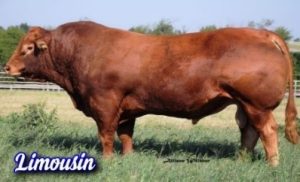
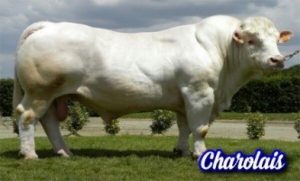
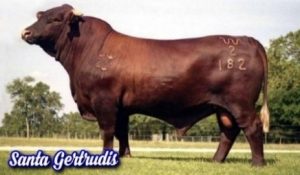
Industrial dairy farming in Vietnam
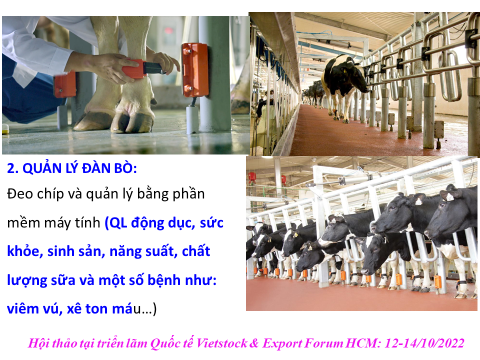
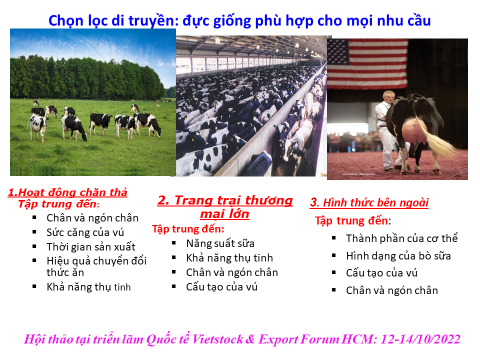
Goat and sheep farming in Vietnam
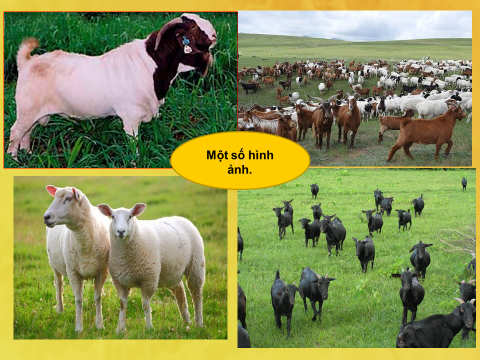
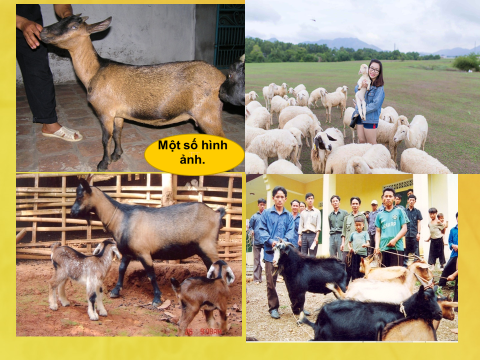
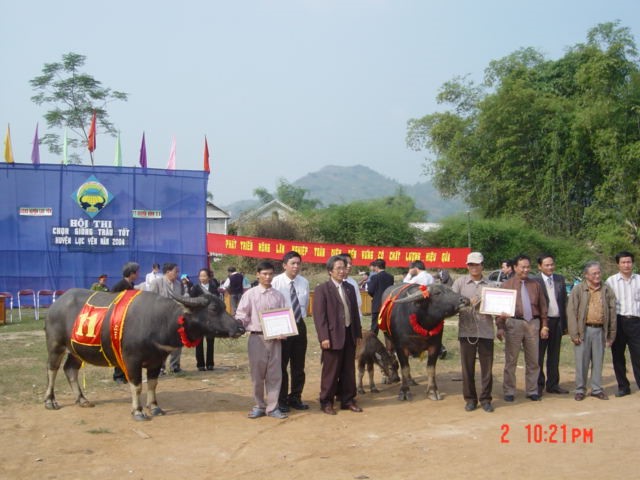
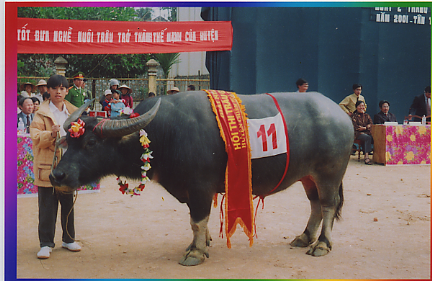
Murrah buffalo in Vietnam
